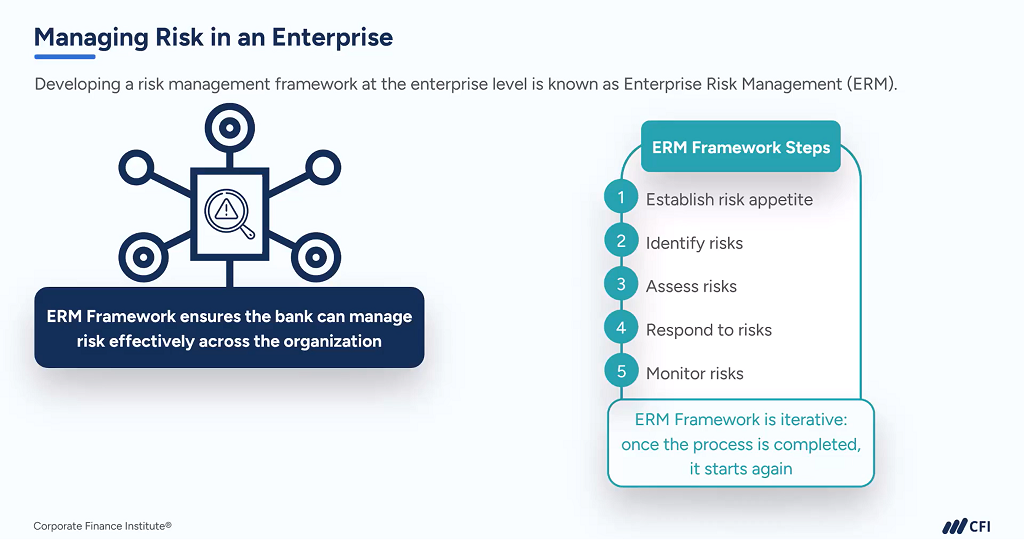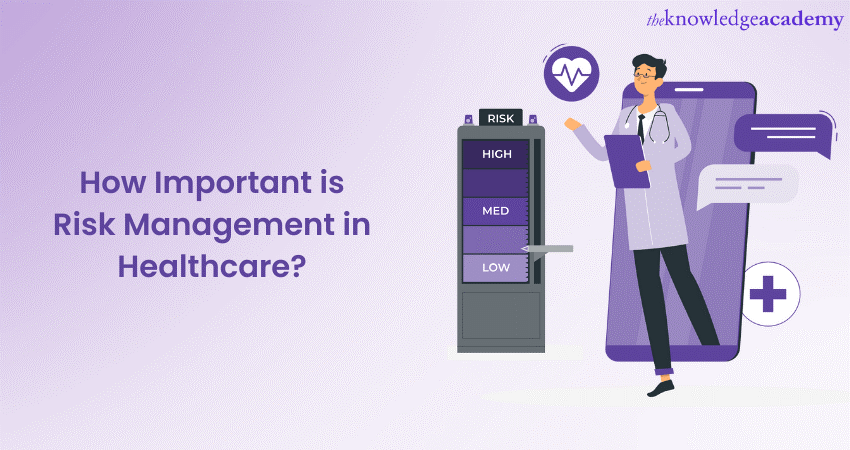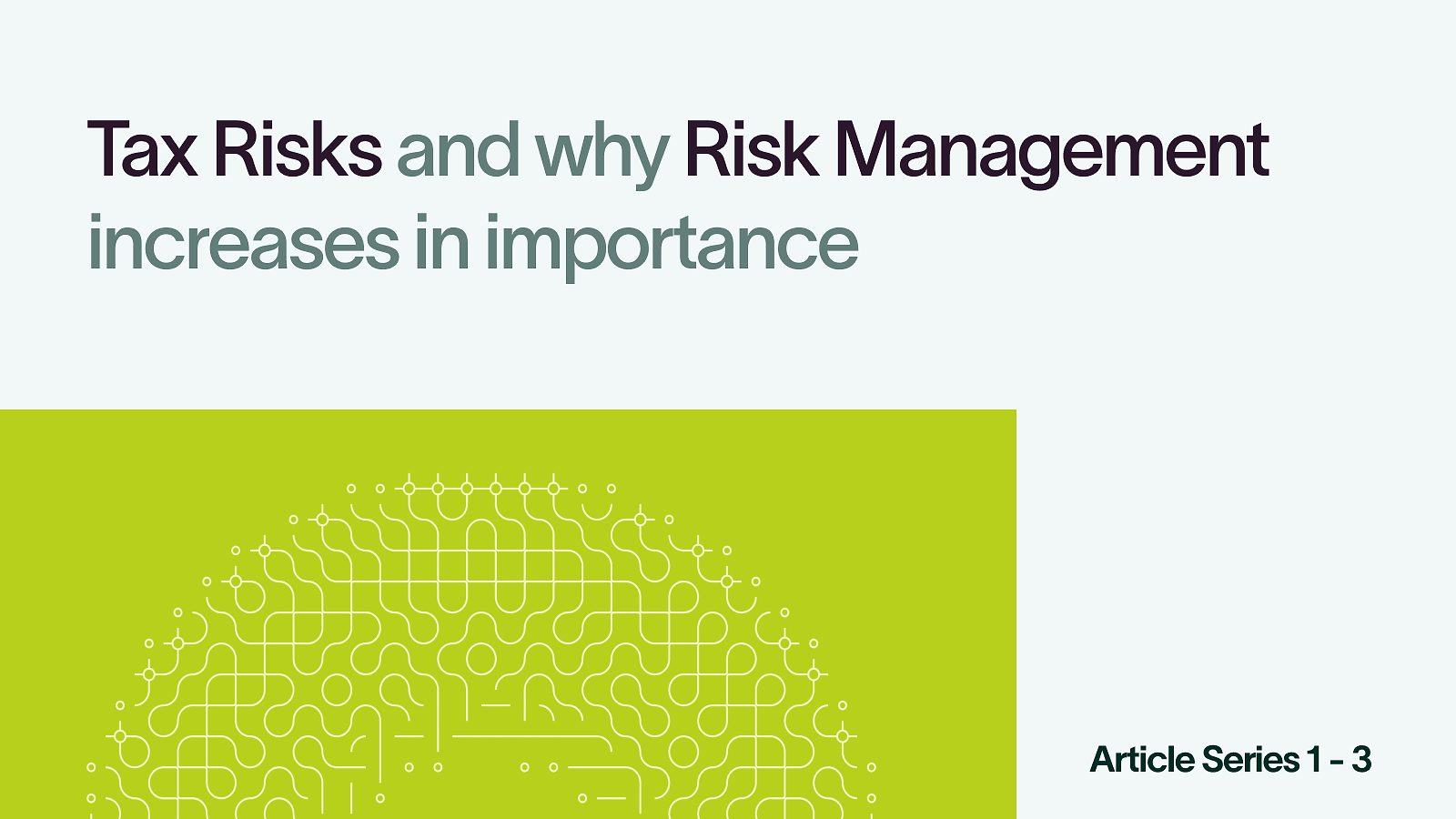Exploring the Growing Importance of Risk Management in Corporate Strategy
Exploring the Growing Importance of Risk Management in Corporate Strategy
Blog Article
Discovering the Importance of Risk Management for Effective Decision-Making Approaches
In the elaborate world of service, Risk Management arises as a crucial consider the decision-making process. The capacity to determine prospective risks and possibilities, and plan as necessary, can mean the distinction between success and failure. With devices such as SWOT and PESTEL, organizations are geared up to make enlightened options, fostering strength and adaptability in an ever-changing atmosphere. Wondering just how this functions? Allow's unpack the characteristics further.
Understanding the Concept of Risk Management
Risk Management, an important element in decision-making, is typically misunderstood or oversimplified. Generally, it refers to the recognition, evaluation, and prioritization of dangers to reduce, keep track of, and control the probability or impact of regrettable occasions. It's not simply regarding avoiding unfavorable results, however additionally concerning acknowledging potential opportunities. Risk Management involves structured and disciplined strategies, making use of information and informative evaluations. It needs a comprehensive understanding of the company's context, goals, and the potential threats that might combat them. From monetary unpredictabilities, legal obligations, calculated Management mistakes, to accidents and all-natural disasters, it deals with different threats. Significantly, efficient Risk Management is not stationary; it's a constant, forward-looking procedure that evolves with altering situations.
The Duty of Risk Management in Decision-Making Processes
In the realm of tactical preparation and service procedures, Risk Management plays an indispensable function in decision-making procedures. It aids in recognizing prospective risks and uncertainties that might affect the achievement of business goals. By tracing these dangers, business can develop methods to mitigate their influence, making certain organization continuity and stability. Risk Management hence ends up being a vital device in decision-making, helping leaders to make educated selections based upon a detailed understanding of the risks involved. It urges an aggressive technique, enabling organizations to prepare and expect for feasible future situations. This substantially lowers the possibility of negative effects, promoting more effective and reliable decision-making methods. Risk Management offers as a vital component in the decision-making processes of any company.

How Risk Management Enhances Strategic Planning
In the context of tactical preparation, Risk Management plays a pivotal role. Initiating with the identification of prospective dangers, it additionally prolongs to the application of Risk reduction actions. The role of Risk Management is vibrant but not static, as it requires constant surveillance and adjusting of approaches.
Determining Possible Risks

Applying Risk Reduction
Having developed the importance of determining possible dangers, the next step is to explore Risk reduction. This procedure includes developing and executing methods to take care of identified dangers successfully. It is a crucial facet of strategic planning as it enhances decision-making by decreasing possible negative end results. Risk mitigation methods can vary from Risk avoidance, Risk transfer, to risk reduction. Each approach needs to be customized to the particular Risk, considering its potential influence and the company's Risk tolerance. Furthermore, reliable Risk mitigation calls for a deep understanding of the Risk landscape and the prospective impact of each Risk. This understanding makes it possible for companies to focus on threats and designate resources efficiently, guaranteeing that the most considerable threats are dealt with initially.
Monitoring and Changing Methods
Though Risk mitigation is an important step in tactical planning, continuous surveillance and change of these approaches is similarly crucial. It likewise provides an opportunity to evaluate the success of the Risk Management steps, allowing adjustments to be made where necessary, more boosting critical preparation. Surveillance and readjusting Risk Management methods is an essential part for improving an organization's durability and calculated preparation.
Case Studies: Successful Risk Management and Decision-Making
In the world of business and money, successful Risk Management and decision-making usually serve as the columns of thriving ventures. These instances see post highlight the value of sharp Risk Management in decision-making procedures. These instances highlight the crucial role of Risk Management in strategic decision-making.
Devices and Methods for Efficient Risk Management
These tools, such as Risk signs up and heat maps, aid in identifying and assessing prospective threats. Risk reaction methods, a key element of Risk Management, involve approving, preventing, moving, or mitigating risks. With these methods and tools, decision-makers can browse the complicated landscape of Risk Management, thereby helping with educated and efficient decision-making.
Future Patterns in Risk Management and Decision-Making Strategies
As we explore the substantial landscape of Risk Management, it comes to be evident that the tools and strategies made use of today will certainly continue to advance. The principle of Risk society, where every member of an organization is mindful and involved in Risk Management, will get extra prominence. These patterns advertise an even more inclusive and positive strategy towards Risk Management and decision-making.
Final thought

Risk Management thus becomes a vital device in decision-making, aiding leaders to make enlightened selections based on a thorough understanding of the threats included. Risk reduction methods can vary from Risk avoidance, Risk transfer, to run the risk of why not look here decrease (importance of risk management). Reliable Risk mitigation calls for a deep understanding of the Risk landscape and the possible influence of each Risk. Risk action techniques, a crucial element of Risk Management, involve approving, avoiding, moving, or mitigating risks. The principle of Risk society, where every member of a company is mindful and involved in Risk Management, will certainly acquire more prestige
Report this page